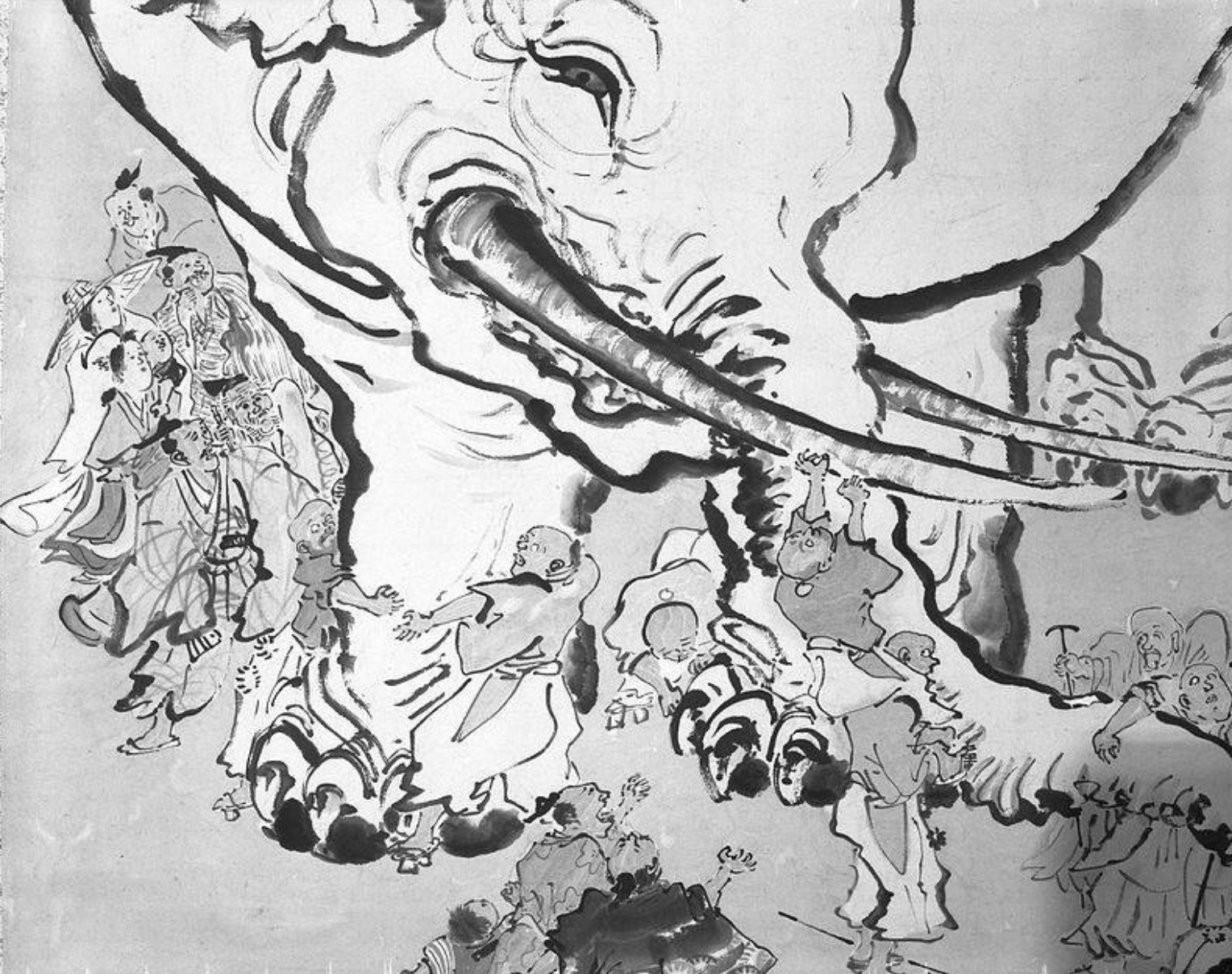This essay (serialized here across 24 separate posts) uses words and numbers to discuss the uses of words and numbers — particularly examining evaluations of university degrees that employ statistical data to substantiate competing claims. Statistical analyses are crudely introduced as the mode du jour of popular logic, but any ratiocinative technique could likely be inserted in this re-fillable space and applied to create and defend categories of meaning with or without quantitative support. Questions posed across the series include: Is the data informing or affirming what we believe? What are the implications of granting this approach broader authority? The author, Melanie Williams, graduated from UA in 2006, with a B.A. in Anthropology and Religious Studies.
If statistics are so handy for gauging the value of a college degree, why do we encounter such a disorienting array of interpretations? And what are the methods used to collect the data from which we extrapolate? Publishers of these studies often provide access to descriptions of methodologies, along with standard error rates and explanatory endnotes. We can forego, in this case, the tedious and contingent process of tabulating probabilities; the data itself testifies to some past or projected “reality,” and need only be arrayed by percentages into neat columns or colorful graphs to serve as convenient indices of our implicit options and their fiscal consequences. This allows us to parse out the benefits of various types and levels of education like sifting through colored beads in a jar. The results are then re-viewed by various media and jettisoned into the sphere of either popular consumption or popular indifference. Many reviewers seem reluctant to place any real or imagined value on a college degree, but as liberal arts major Hugh Hefner can tell you, when you punctuate the text with compelling pictures, only the most dedicated readers are going to probe the articles. I can’t help contrasting the statistics collected in these studies to the polling data Nate Silver mines to polish his predictions. Election polling data purport to show the number of people opting for a particular candidate in a given election at a specific moment in time; descriptive statistical data on education and career choices seem to provide license to further deduce which majors are worth it, and which ones are worthless.
Part 10 coming today at noon…
